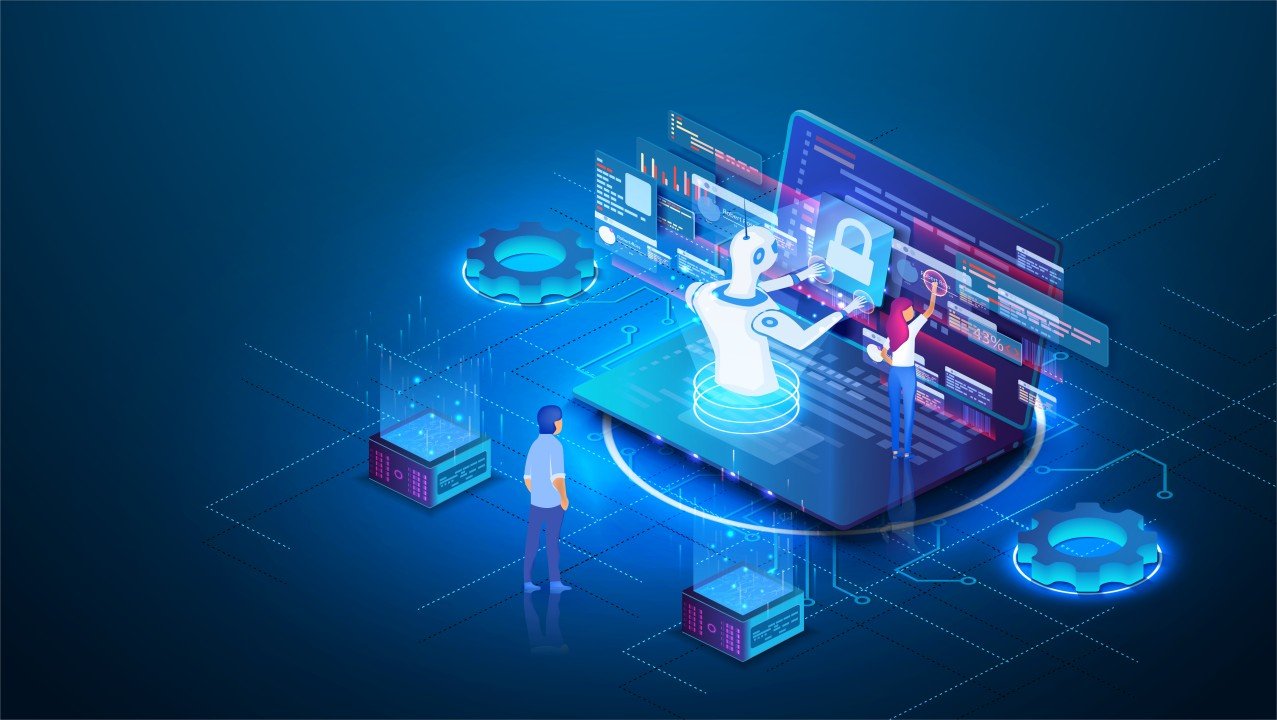Artificial Intelligence (AI), particularly the technology driving conversational models like ChatGPT, is poised for a significant leap from the digital sphere into physical realities. This transition represents not just a technological evolution but a fundamental shift in how we interact with machines, blending abstract computational intelligence with tangible, real-world actions.
Key Highlights:
- The AI driving platforms like ChatGPT showcases profound potential for pattern identification and rule execution, raising both opportunities and challenges for integration into daily life.
- AI’s current capabilities include aiding in tasks that require no human creativity, such as writing emails from bullet points, summarizing reports, or extracting data from webpages.
- The future involves AI’s integration with physical robots, enhancing their ability to perform real-world tasks through a combination of semantic intelligence and physical interaction skills.
- Ethical considerations and the potential for human skill diminishment underscore the importance of a balanced approach to AI integration.
- In education, AI tools like ChatGPT are being utilized to foster creativity and improve learning methodologies, hinting at a paradigm shift in academic and practical learning environments.
AI’s Impact Across Fields
Bridging the Virtual and Physical
The discourse around AI’s transition into the physical realm emphasizes its dual capacity for abstract understanding and tangible interaction. Experts highlight the significance of merging AI with robotics to undertake physical tasks, powered by advancements in language understanding and machine learning.
Ethical and Societal Implications
The ethical dimension of AI’s proliferation, particularly concerning its influence on human cognition and societal structures, cannot be overstated. There’s an ongoing debate about the balance between leveraging AI for efficiency and the risk of devaluing human intellect and creativity.
Practical Applications and Limitations
Practically, AI like ChatGPT is finding applications in various domains, from coding and debugging to content creation and medical diagnostics. These tools are already reshaping industries, suggesting a future where AI’s role extends beyond assistance to active participation in creative and analytical processes.
However, the technology’s limitations, particularly in generating new insights or achieving true creative breakthroughs, underline the importance of human oversight and the potential need for regulatory frameworks to guide AI’s integration into society.
The Future of Education and Work
The educational sector is witnessing a transformation as AI tools become integrated into teaching methodologies, offering personalized learning experiences and augmenting the creative process. This integration challenges traditional educational models and necessitates a reevaluation of curricular content to maximize the benefits of AI.
Moreover, the workplace is evolving with AI’s capability to automate routine tasks, demanding a redefinition of job roles and skill sets. As AI takes on more complex responsibilities, there’s a growing need for professionals to adapt by developing skills that complement AI’s capabilities.
The migration of AI from virtual assistants to physical world actors is not just a technological upgrade but a paradigm shift that requires careful consideration of ethical, educational, and professional implications. As we stand on the brink of this new era, the challenge lies in harnessing AI’s potential responsibly, ensuring that it augments rather than diminishes human capabilities and creativity.







